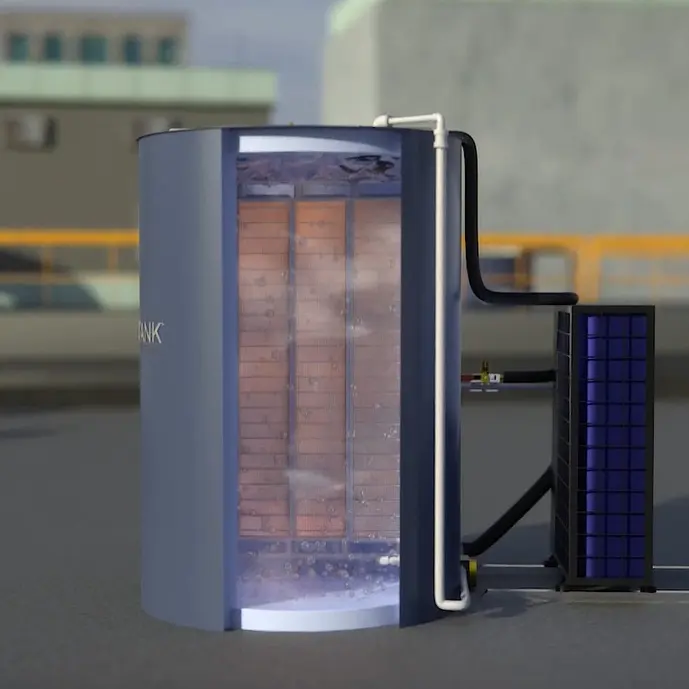The Unstoppable Rise of Electricity Demand
Ever since Benjamin Franklin’s early experiments, the global victory march of electricity has been unstoppable. In the last decade of the 20th century, global usage increased by an annual average of 2.5%. That rate has accelerated and from 2020-2024 it has reached its fastest pace yet at 3.4% p.a. That should come at no surprise. Electric devices in every hand, Data Centers, AI and Crypto Currencies as voracious power gobblers, an increasing number of electric cars, more and more households globally with access to power, and the list goes on.
The Looming Capacity Crisis
Power providers have steadily added generation and transportation capacity to ensure they can meet the growing demand but some voices are sounding the alarm bell. “U.S. power outages could increase by 100 times in five years if suppliers fail to add capacity during peak demand”, the U.S. Department of Energy warned in an early July 2025 statement. They elaborated that while 209 gigawatts of new electricity generation will be added by 2030 to replace 104 GW of plant retirements, only 22 GW of the new energy will come from what the current administration deems “stable and continuous power sources”, i.e. excluding in particular solar and wind projects.
Factors Driving Increased Electricity Demand:
- Electric devices in every hand
- Data Centers
- AI and Crypto Currencies as voracious power gobblers
- An increasing number of electric cars
- More and more households globally with access to power
The Heat Pump Dilemma
As a company focused on energy efficient hot water and heating solutions, we are asking ourselves: “Are we adding to the problem by replacing natural gas heating systems with heat pumps?” Mandates in several states, often paired with tax incentives or cash grants are driving this wave of “decarbonization” – the departure from fossil fuels in building energy management. Heat pumps are a favorite solution as they efficiently make use of electricity to channel the freely available ambient energy – the warmth of the world around us – into heating and hot water applications. They bring down the overall energy demand, but they do contribute to the rise in overall power needs.
So what gives?
The Solution: Shifting Demand Away from Peak Hours
At Thermal Energy HQ, we believe the answer is to shift power demand away from peak hours. As the report from the DOE stated, the primary concern is around peak demand, the hours of the day when everyone is using electricity at the highest rate, typically mornings and early evenings. If electric energy equipment was running during those hours it would add to the strain. Thankfully, that is not necessary. By pairing a heat pump with sufficient thermal storage – like our Thermal Tank – we can utilize power during off peak hours like at night, charge up the tank with thermal energy and then use it without drawing any additional power during the mornings and evenings. Hot showers with a clear conscience. In some markets this strategy also rings in household savings if providers are charging higher peak rates and special “demand charges” for the overall highest point of usage during a billing cycle.
Significant Cost Savings
Replacing an instant water heater with a heat pump plus thermal storage and smart controls to avoid peak rate charging can save some of our customers up to 90% in hot water-related electricity expenses.
Rapid Payback and Tax Benefits
That leads to a rapid payback on the investment. Even if you are currently heating with a gas boiler, you may see meaningful savings and attractive returns, especially since our equipment continues to be eligible for tax credits of up to 40%.
Key Energy Statistics & Projections:
- Global electricity usage increased by an annual average of 2.5% in the last decade of the 20th century
- From 2020-2024, usage has reached its fastest pace yet at 3.4% p.a.
- 209 gigawatts of new electricity generation will be added by 2030
- 104 GW of plant retirements need to be replaced
- Only 22 GW of the new energy will come from “stable and continuous power sources”
- U.S. power outages could increase by 100 times in five years if suppliers fail to add capacity during peak demand
Talk to our experts about your energy situation today.
About the Author

Dr Oliver Buechse
Oliver is a McKinsey-trained strategist with deep expertise in Digital Transformation and Climate Change Impacts. Diverse background in Banking, Government, and Non-profit. PhD in Economic Psychology.


